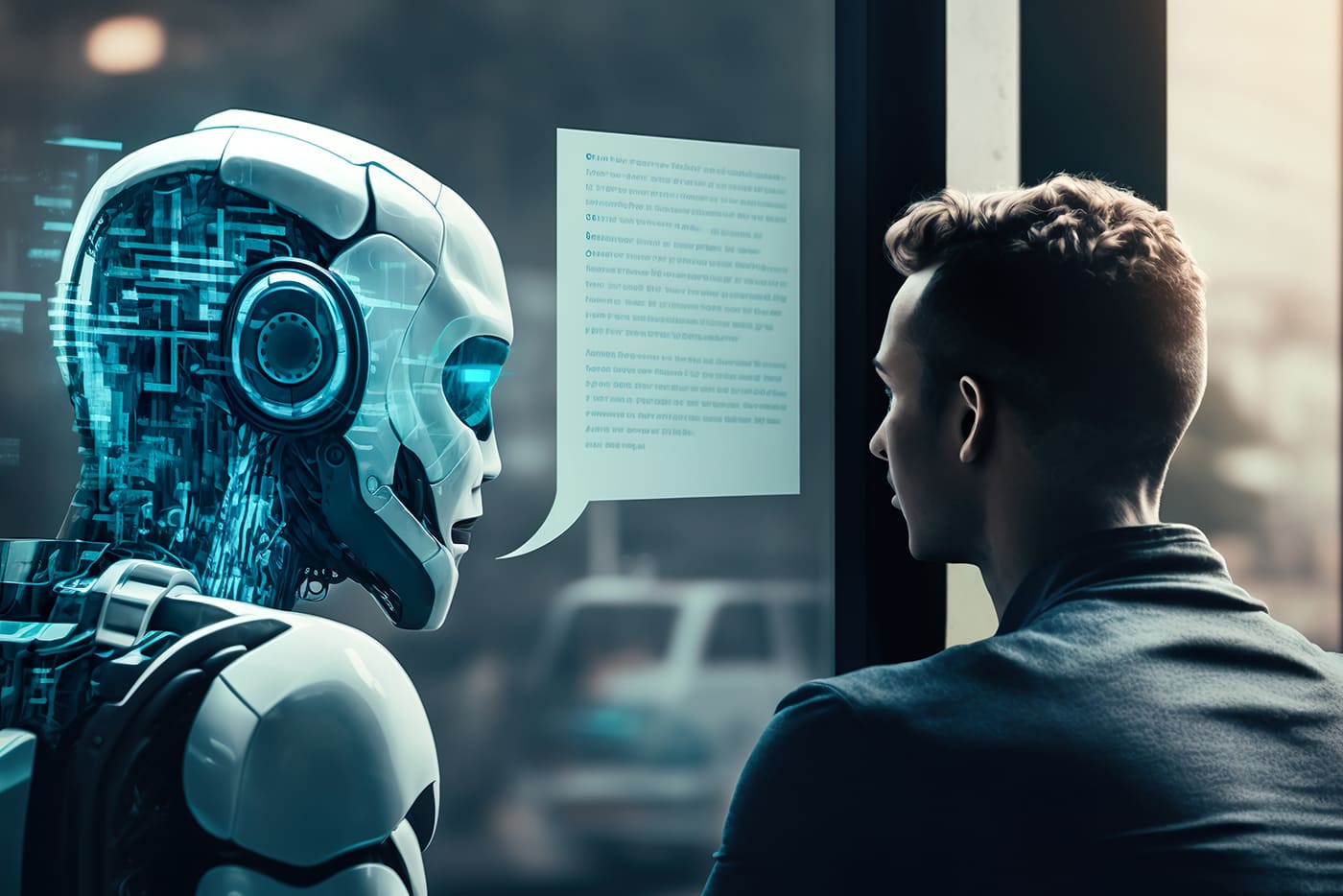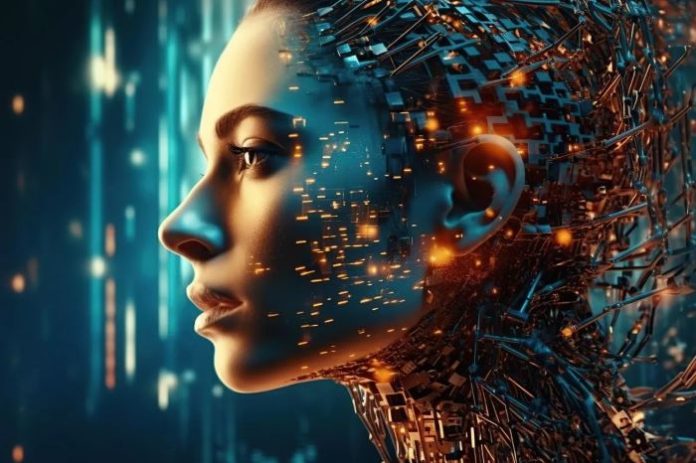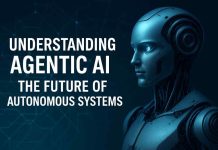The gaming industry has always been a melting pot of technology and imagination. From pixelated screens to cinematic universes, game design has continuously evolved alongside technological progress. Today, artificial intelligence (AI) stands at the center of a new creative revolution—reshaping how games are imagined, built, and experienced.
Key Takeaways
- The creative revolution in gaming uses AI to enhance design and accelerate production, providing tools for concept generation and modeling tasks.
- AI plays a key role in game development, enabling dynamic gameplay, procedural content generation, and intelligent NPC behavior.
- Integrating AI tools offers studios reduced production time and costs, improved quality assurance, and scalability for projects.
- AI enhances creativity by alleviating repetitive tasks, allowing artists to focus on storytelling, aesthetics, and emotional connections in games.
- Game studios must balance automation with human emotion and navigate ethical challenges related to AI-generated content.
Table of Contents
A New Era of Collaboration Between AI and Artists
In the past, creating a detailed 3D world or designing lifelike characters required months of manual labor by large teams. Now, thanks to the rapid rise of AI-driven tools and 3D game art outsourcing, studios can accelerate production without compromising artistic quality. AI can assist with concept generation, automate repetitive modeling tasks, and even propose creative variations of textures, environments, or character poses.
This combination of artificial intelligence and human expertise is transforming the game art pipeline. Outsourcing partners who integrate AI technologies can now deliver assets faster and more efficiently, freeing artists to focus on higher-level creativity—such as storytelling, atmosphere, and emotional impact. Rather than replacing human artistry, AI acts as a creative partner, providing artists with inspiration, speed, and flexibility.

The Expanding Role of AI in Game Development
AI’s influence extends far beyond visual art. Developers are using machine learning to revolutionize gameplay design, worldbuilding, and player experience. Modern engines can analyze user behavior in real-time and adapt difficulty levels or narrative paths based on player actions. Non-playable characters (NPCs) are becoming more intelligent and reactive, adding emotional depth and unpredictability to every game session.
Some of the most significant AI applications include:
- Procedural content generation: Algorithms can design entire landscapes, levels, or missions autonomously, saving developers thousands of work hours.
- Behavioral prediction: Machine learning helps create adaptive enemies or allies that respond dynamically to player strategies.
- Voice and dialogue synthesis: AI can generate natural conversations or emotional voice performances, blurring the line between scripted and spontaneous storytelling.
These innovations mean that developers can focus less on manual coding and more on curating experiences that feel personal and alive.
Creativity Enhanced, Not Replaced
A significant concern across creative industries is whether AI will replace human talent. In game design, however, the opposite is happening. Artificial intelligence amplifies the creative revolution by handling the heavy lifting of repetitive tasks and data analysis. Artists and designers can devote more energy to worldbuilding, aesthetics, and player emotion—areas where the human touch remains irreplaceable.
In practical terms, AI doesn’t just automate—it enhances ideation. For example, when an artist struggles to visualize a new fantasy biome or futuristic cityscape, an AI image generator can instantly generate multiple concepts to spark inspiration. Developers can then refine these ideas into something uniquely human.
The Business Advantage of AI Integration
From an operational perspective, integrating AI tools offers measurable benefits. Studios that adopt AI workflows often report:
- Reduced production time and cost: Automated asset generation allows smaller teams to deliver large-scale projects faster.
- Improved quality assurance: AI-powered testing systems detect bugs, inconsistencies, and performance issues more effectively.
- Scalability: Developers can expand projects or add new features without dramatically increasing team size.
For indie developers and mid-sized studios, this levels the playing field with industry giants, allowing them to compete in both creativity and production efficiency.
Ethical and Creative Revolution Challenges Ahead
While the potential of AI in gaming is immense, it also brings new challenges. There are ongoing debates about authorship—who owns the rights to AI-generated art—and concerns about overreliance on automated systems. Game studios must navigate these issues carefully to ensure that innovation aligns with ethical standards and artistic integrity.
Moreover, there’s a need to maintain a balance between procedural efficiency and human emotion. Games are not just visual spectacles—they are experiences that evoke feelings, empathy, and connection. As AI grows more capable, the industry must continue to prioritize the human stories that make games meaningful.
Looking Toward the Future
Artificial intelligence is not just a technological upgrade—it represents a philosophical shift in how we view creativity. It challenges traditional workflows and encourages a symbiotic relationship between human and machine. In the near future, we might see games that generate themselves dynamically, evolve in response to player input, or even co-create narrative experiences in real time.
The studios that embrace the neural activation system as a creative ally rather than a shortcut will lead this new wave of innovation. By combining human imagination with computational power, they can create richer, more immersive worlds than ever before.
The next creative revolution in gaming has already begun—and it speaks not in lines of code alone, but in the language of collaboration between artists, developers, and intelligent machines.











